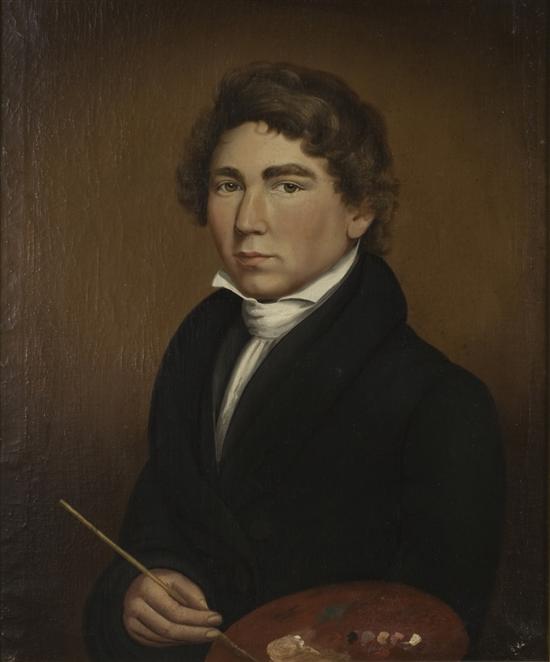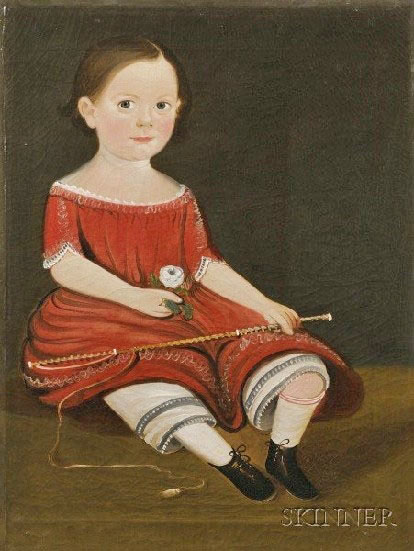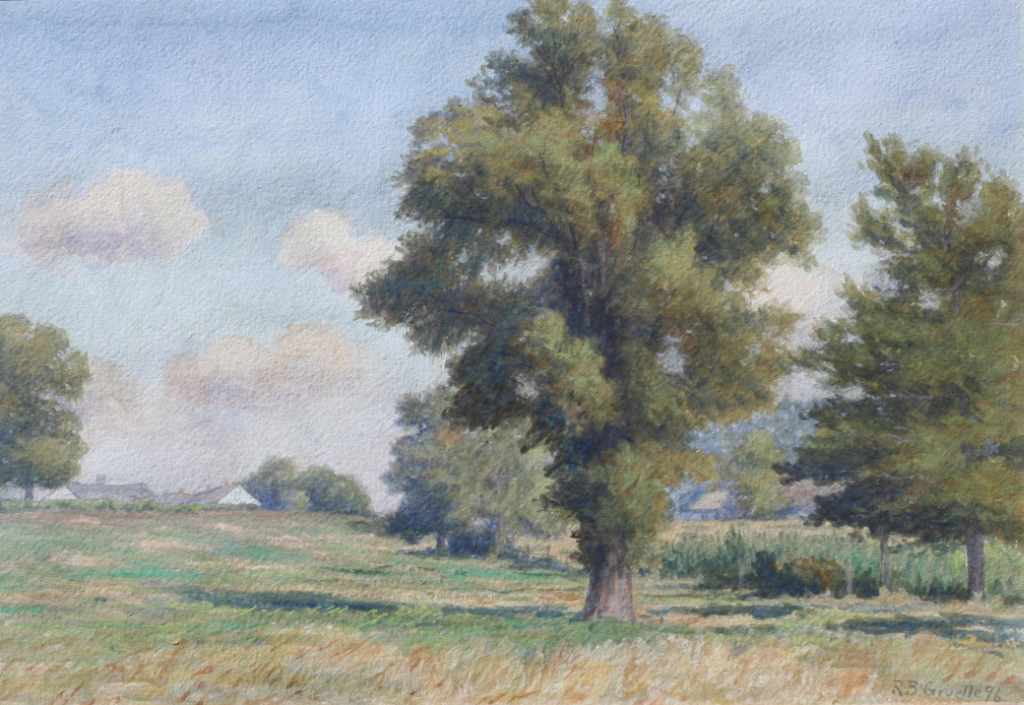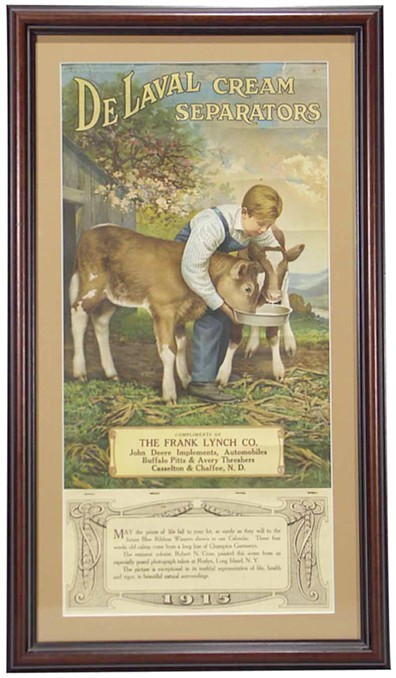Portraits are everywhere at auction, some beautifully executed while some lead to serious questions about the artist’s abilities (or the sitter’s appearance), but they can be a “hard sell.” While not everyone may want what auctioneers sometimes call “instant ancestors,” at one time, portraits were a mark of status. As the American middle class began to emerge during the Victorian era, portraits became one of those marks of respectability that upwardly-mobile families sought to possess, and in the days before the daguerreotype was widely available and widely affordable, portraits were very desirable and in considerable demand.
William Matthew Prior, son of a Bath, Maine shipmaster, is one of a number of portrait artists who found their fortune, or at least their living, painting quick, affordable likenesses for a demanding patronage. Prior’s portraits, mostly unsigned, are characterized by a flatness with simplistically-outlined figures and little or no background decoration. This distinctive style had the added practicality of being quick and thus cost effective. He actually advertised that he could create a credible likeness in just one hour. (For more information read our entire reference note on Prior here.) Prior made his way down the New England coast to Boston, where he settled in 1839 and remained, busily painting portraits until his death in 1873. He continues to confound scholars today as many of his works are unsigned and his style varies greatly, likely based on how much money and time he was expecting from a commission. As a result, many similar works have been attributed to the Prior-Hamblen School (Sturtevant Hamblen was another portrait artist and Prior’s brother-in-law), an attribution that must always be closely questioned because of the potential profit associated with linking a portrait to the Prior name. Prior’s self-portrait, pictured above, was a recent auction offering (sold at Keno Auctions), and another piece in the puzzle to learning about this enigmatic man.
Prior, like many other artists of the era, often, as necessity demanded, took his talents on the road. Itinerant portrait artists were common in early America, particularly throughout the late eighteenth and early nineteenth centuries, and they would travel from one small town to another, staying long enough to rent a room for a few days, spending some change to place an ad in the local newspaper, and then moving on again as business began to slow. This constant movement over what were sometimes large regions when coupled with the fact that many portraits weren’t signed makes it challenging for historians to draw connections between works. As with many works of art, attributions and connections can be made by experts on the basis of technical aspects like brushstrokes, canvas size, and stretcher construction, in addition to the small additions an artist might routinely use – a certain type of flower or a particular item in the background. In some cases, even though the artist isn’t known, scholars have been able to identify enough similarities to create a body of work and a nickname for the unknown limner. “Limner” comes from the Latin word luminare meaning to illuminate by way of the Middle English limnen which refers to the art of illuminated manuscripts, thus coming to mean painting or decorating and then the untrained itinerant artists who turned their skills to everything from portrait painting to sign painting to furniture decorating. The New England art landscape is littered with unidentified limners like the Denison Limner and the Sherman Limner, artists who have a known body of work and several possible identities. These little puzzles are what make the antiques marketplace so interesting, as new pieces are always being discovered and fitted together!
-Hollie Davis, Editor, p4A.com









